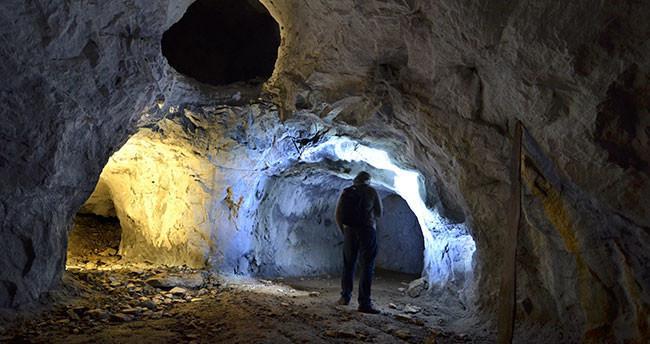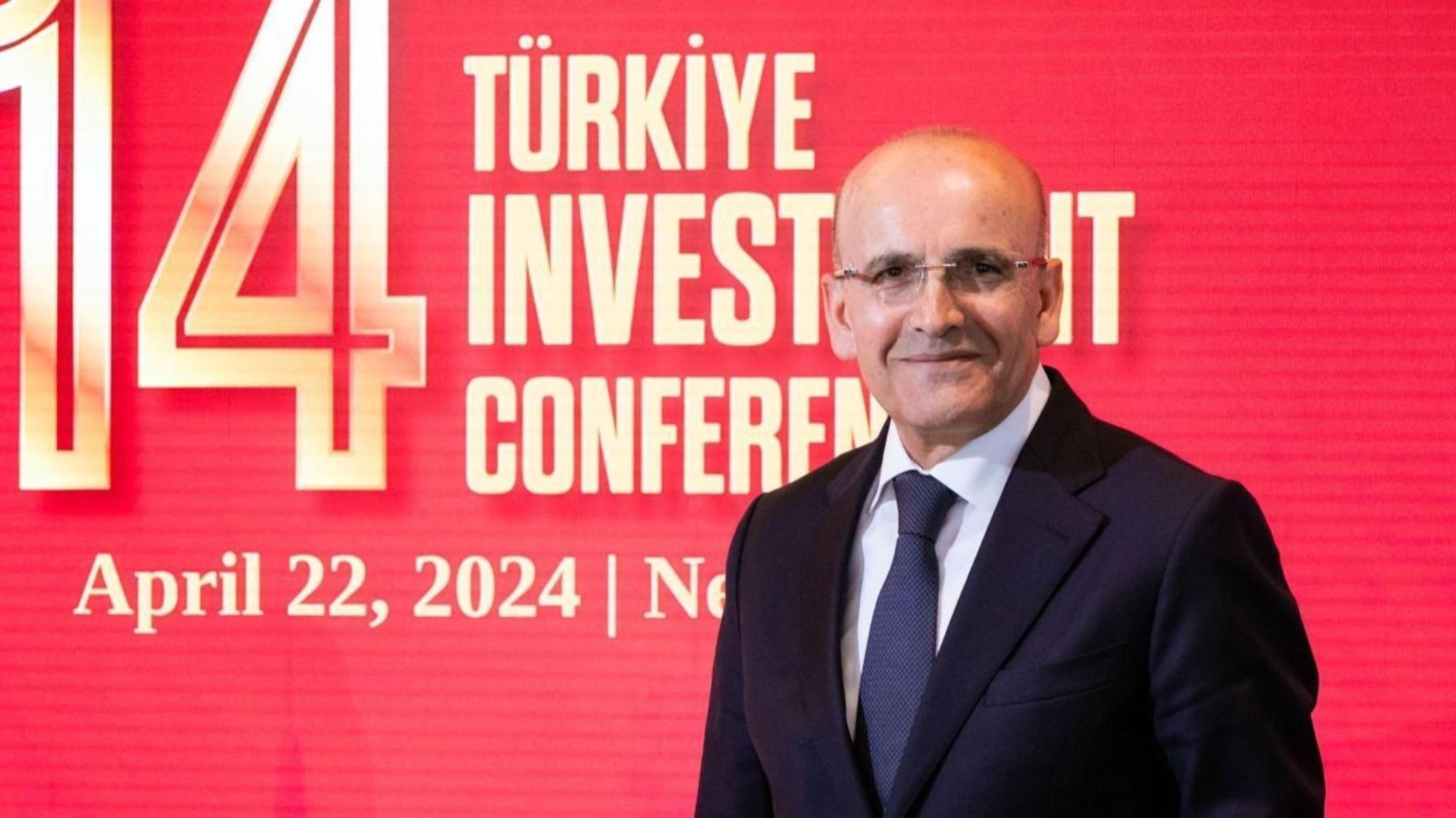Roman-era mining galleries to open to tourism
KONYA

The mining galleries belonging to the Roman era that were in operation until 40 years ago in Ladik, one of the historical settlements of the Central Anatolian province of Konya, draw attention with their structure resembling an underground city.
Ladik neighborhood of Sarayönü district is located on the site of the ancient city of Laodicea, which is known for its inscribed stones, gymnasium and dozens of cultural assets. Ladik holds special importance in terms of its historical values due to the mining of mercury, lead and marble during the Roman period.
The 2,000-year-old galleries on the northern slope of a mountain, where the marble cutting business still continues, can be entered through a half-meter space, where one can explore its different directions and are 800 meters in length. They are now waiting to be brought into cultural tourism.
Selçuk University’s Professor Hasan Bahar told the state-run Anadolu Agency that works have been carried out in the region for 25 years.
Stating that the traces of the Hittite era settlements were seen in Ladik, he said: “Seleukos, who ruled Anatolia after the death of Alexander the Great, established this place as a colonial city because it is an important road junction. We saw an inscription from that period. Ladik starts to be an important city as of the 300s B.C. Roman Emperor Claudius made Ladik a colony in 54 A.D. Rome’s historical roads pass through here.”
Bahar noted that the Romans were engaged in mining activity in the region and that the mercury and lead deposits were actively operated until about 40 years ago.
Stating that the mercury gallery can be visited at Çırakman, located on the northern slope of the mountain, Bahar said, “Here, mercury mining was intensely carried out during the Roman period and the galleries were opened by the Romans.”
“When I talked to the employees here, they said, ‘We follow the Roman galleries. We are expanding the existing ones a little bit more. The Romans discovered the veins very well.’ This place was operated until 1980. From the rock structure to the pier, there was not much need for fortification,” he added.
Bahar pointed out that in addition to the historical assets in the region, the gallery should be evaluated in terms of mining tourism as well. “We visited the mining gallery in Germany-Austria. Mines holds significant potential for cultural tourism. This place can be an important destination for cultural tourism.”
Highlighting the characteristics of the mines, he said: “It is a wide and high place where people can easily walk around. There are deformities in some parts, but overall it is safe and secure.”
“This place provides a more comfortable tour opportunity than underground cities in Ürgüp-Göreme in the Cappadocia region,” he added.
Stating that these mine galleries are similar to an underground city and that it should be brought to mining tourism, he noted that the mines were once operated in the Seljuk, Ottoman, and Republic periods starting from Rome 2,000 years ago.
















